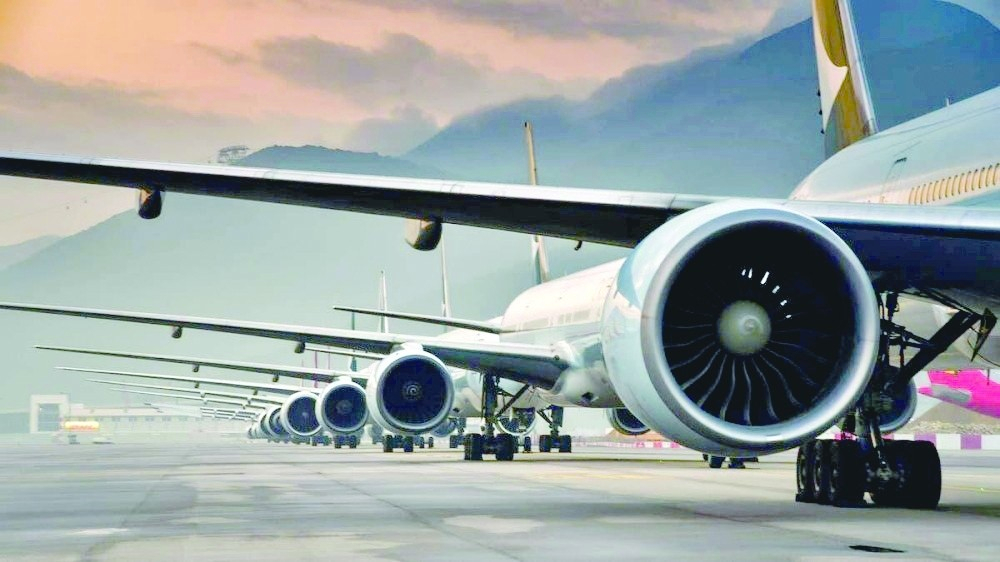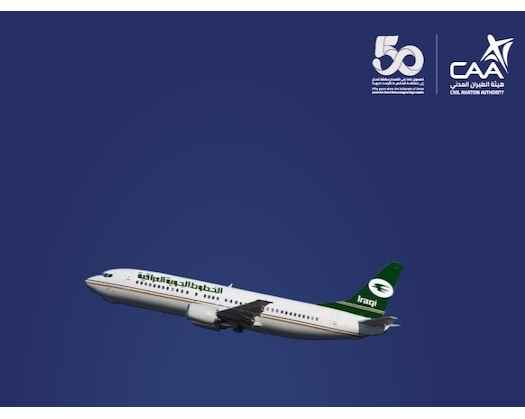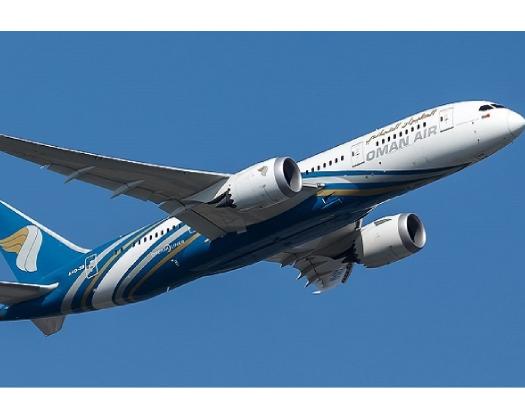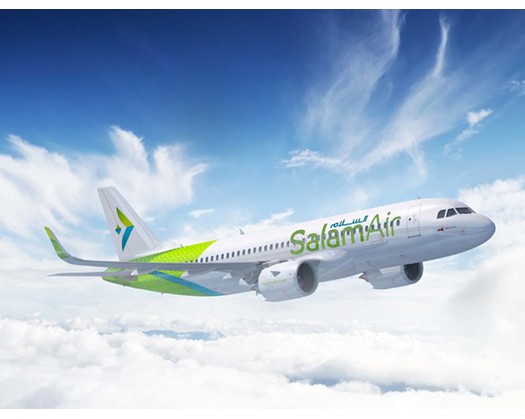The latest report from the International Air Transport Association (IATA) reveals that airlines operating in the Middle Eastern countries, including Oman, have shown impressive performance. In October 2023, the total traffic increased by 31.2 percent compared to the same period last year, contributing to the global traffic, which has now reached 98.2 percent of pre-Covid levels.
During October, airlines in almost all countries have continued to recover passenger demand, with a notable growth of 24.1 percent in traffic compared to the previous year. Capacity also rose by 22.2 percent, and the load factor increased by 1.2 percentage points, reaching 80.6 percent.
Furthermore, international traffic experienced a significant climb of 29.7 percent compared to the same month in the previous year. All markets witnessed double-digit percentage gains, and international revenue passenger kilometres (RPKs) reached 94.4 percent of the levels recorded in October 2019.

Willie Walsh, the Director General of IATA, commented on the results, stating, "October's strong performance brings the industry closer to achieving a full recovery from the pandemic's impact on air travel. While domestic markets have surpassed pre-Covid levels, international demand is gradually recovering. Asia Pacific carriers, in particular, are facing a 19.5 percent decline in international demand compared to 2019. This could be attributed to delayed lifting of Covid restrictions in certain regions, commercial developments, and political tensions."
During the same period, the Asia-Pacific airlines experienced a significant surge in traffic in October 2023, with an 80.3% increase compared to October 2022. European carriers also saw a rise in traffic, with a 16.1% increase, while North American carriers had a 17.5% increase. Latin American airlines experienced a 21.2% increase, and African airlines posted a 25.3% traffic increase.
Sunil Dsouza, the CEO of Travel Point Group, attributes the positive performance of Middle Eastern carriers to several key factors. These include steady demand for passenger airlines due to higher passenger counts and per seat revenue, as well as the high demand for cargo in the region. The growth in the region has been picking up since the aftermath of the Covid-19 pandemic.
Dsouza further states that the third quarter of 2023 has been promising for airlines in the Middle East region, with positive trends and good numbers. Looking ahead, he expects 2024 to be even better than 2023, provided that the disturbances in the Middle East region are resolved soon enough.
In terms of cargo movement, Middle Eastern carriers experienced a robust performance in October 2023, with a year-on-year increase of 10.9%. This marks a significant improvement from the previous month's performance, which saw a 2.5% increase. The growth in the Middle East–Asia market was particularly notable, with a 10.3% increase, along with a 17.1% increase in the Middle East–Europe market. Capacity also increased by 15% compared to October 2022.
For Europe and Asia airlines, there was an overall increase of 8.5% in traffic. Additionally, the available capacity for airlines in these regions increased by 30% compared to October 2022, as more belly capacity became available from the passenger side of the business.

In October, North American carriers experienced a decline of 1.8 percent in cargo volumes, making it the weakest performance among all regions. On the other hand, European carriers witnessed a 1.0 percent increase in air cargo volumes. Venkat, Sales Manager at Singapore Airlines, attributes this growth to various factors. Middle East Airlines saw a rise in Revenue Passenger Kilometres (RPK) due to strong leisure traffic in the region. Additionally, European travelers started exploring destinations beyond Europe, particularly the Middle East, as part of the post-pandemic recovery.
To cater to the growing leisure traffic, carriers like Edelweiss from Europe have introduced winter schedules specifically targeting Oman. This trend is expected to continue in the upcoming months as existing demands continue to drive it.
Latin American carriers experienced a significant increase of 4.0 percent in cargo volumes compared to October 2022, surpassing the previous month's gain of 2.3 percent. Moreover, capacity in October was up by 8.3 percent compared to the same period in 2022.
African airlines also witnessed a positive growth in air cargo volumes, with a 2.9 percent increase in October 2023. This performance marked a significant improvement compared to September's slight decline of 0.1 percent. Carriers in the region benefited from the strongest annual growth since May, with a remarkable increase of 16.7 percent. Furthermore, capacity in October 2023 was 9.8 percent higher than the levels recorded in October 2022.
According to Walsh, until a year ago, the key Asian markets of Japan and China were still heavily restricted due to Covid-19 travel limitations.













